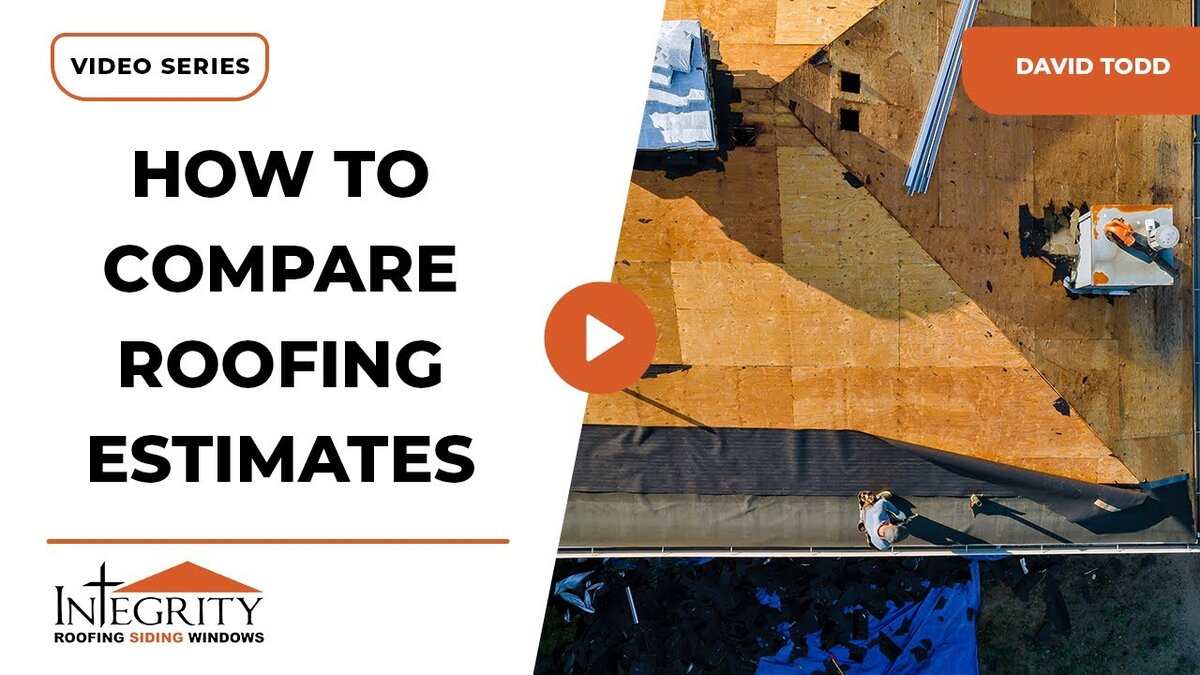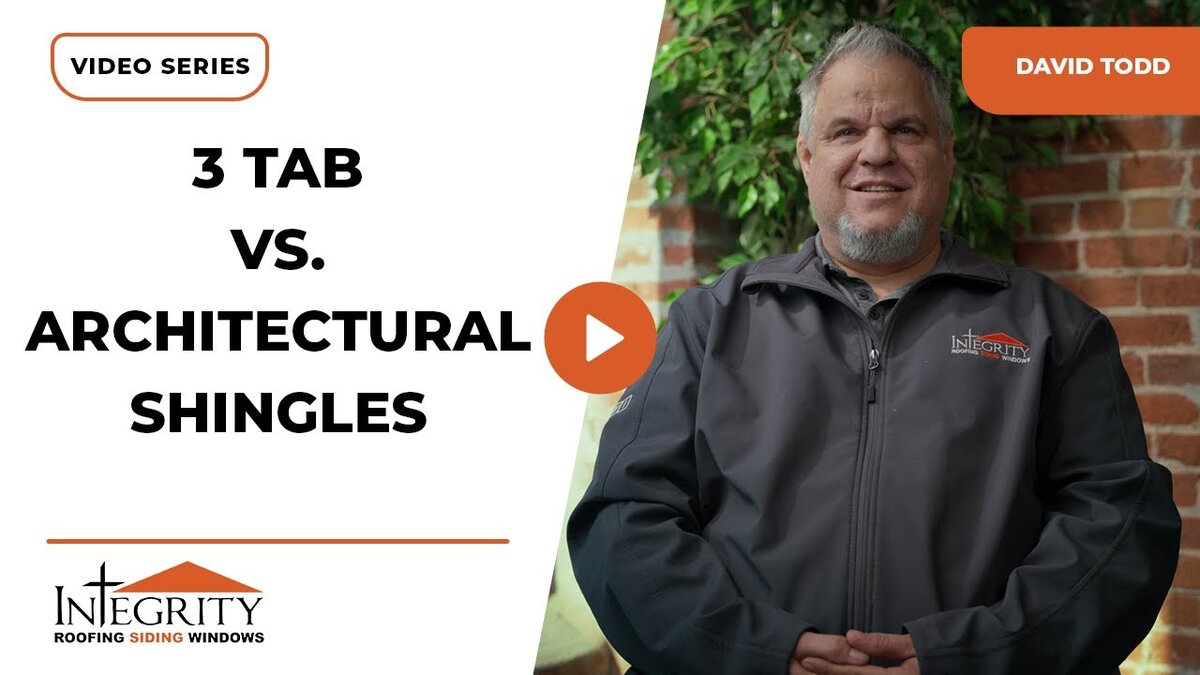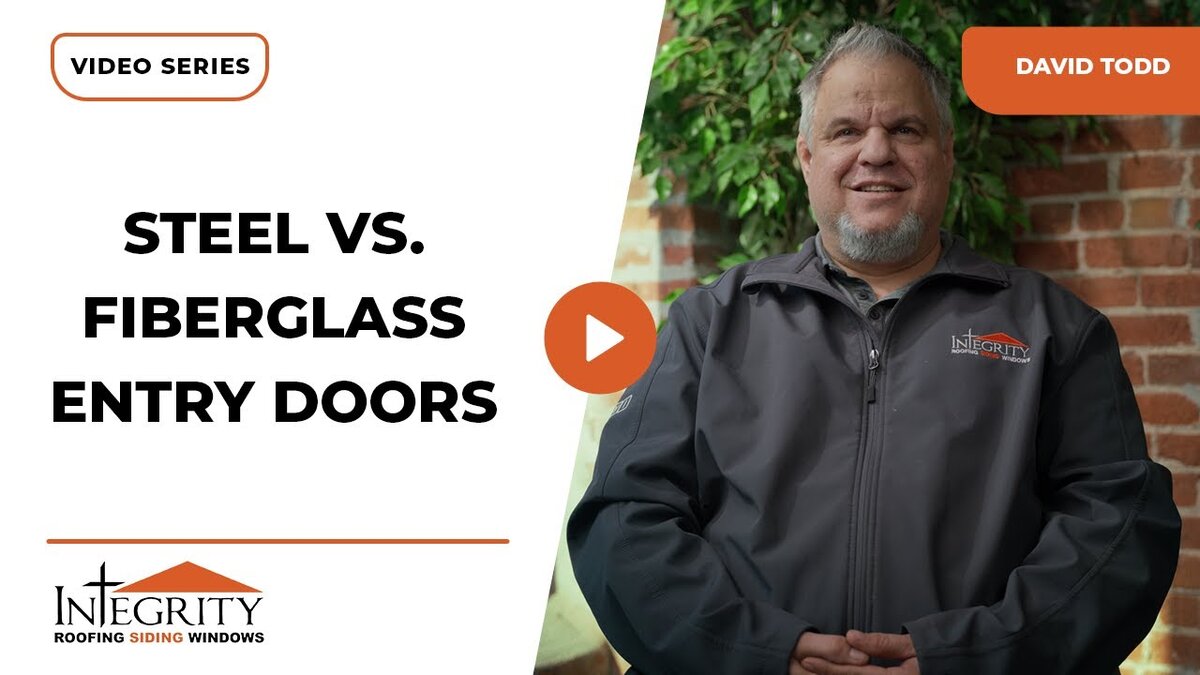Every loose shingle on your roof is a small problem that can quickly spiral into a significant headache, potentially leading to leaks and extensive water damage. Addressing these issues promptly ensures the longevity of your roof and protects the investment in your home. Here’s how you can replace missing shingles and maintain the integrity of your roof.
Step 1: Inspect for Wood Rot and Prepare the Roof
Before replacing any shingles, it’s essential to check the roof decking, also called the substrate, to ensure it’s in good condition. This is the foundation that supports everything above it.
- Remove old materials: Start by carefully removing any damaged or missing shingles. Strip the area down to the decking.
- Check for wood rot: If you find any wood rot, it must be replaced. Skipping this step can cause future leaks and weaken the roof structure.
A solid, rot-free deck ensures the new shingles adhere properly and last longer, providing protection against water intrusion.
Step 2: Using Quality Roofing Components
After confirming that the roof deck is in good condition, the next step is to install high-quality components that prevent future damage and ensure a durable roof.
- Ice and water barrier: We always start by installing a good ice and water barrier, especially around vulnerable areas like eaves, valleys, and roof penetrations such as chimneys and vent pipes.
- Synthetic underlayment: A high-quality synthetic underlayment provides a layer of protection over the decking, ensuring water cannot seep through.
Using these quality components is vital for keeping your roof watertight and protecting it from the elements.
Step 3: Installing the Starter Strip
A critical part of replacing missing shingles is installing a starter strip around the edges of the roof. This adds an extra layer of defense against wind damage.
- Apply the starter strip: We install this strip around the entire perimeter of the roof. This ensures the new shingles are securely fastened and protects against wind uplift.
- Secure the rakes: At the rakes (the edges of the roof), we ensure the starter strip is in place. This step ensures your roof qualifies for the manufacturer’s highest wind rating.
This strip plays a crucial role in preventing wind from lifting and loosening the shingles over time.
Step 4: Choosing the Right Shingles and Ridge Cap
Replacing missing shingles also means choosing the right materials to match your existing roof and ensuring they last as long as possible.
- Use manufacturer-recommended shingles: We always use shingles from the same manufacturer to ensure they match your existing roof and perform well.
- Ridge cap shingles: The ridge cap is important because it covers the peak of the roof. We use ridge cap shingles that are specifically made by the same manufacturer to ensure they’re flexible and last as long as the other shingles.
Ensuring the compatibility of shingles and ridge caps means a uniform appearance and long-lasting protection.
Step 5: Addressing Roof Exhaust Components
Another critical consideration when replacing shingles is checking the roof’s exhaust system. Proper ventilation helps extend the life of the roof by reducing moisture buildup in the attic.
- Check existing vents: Whether you have ridge vents, turbines, or box vents, it’s essential to inspect these for damage or wear.
- Upgrade if needed: If the current ventilation system is outdated or damaged, we recommend upgrading to a metal pre-painted vent system or a ridge vent system.
Maintaining a proper exhaust system helps prevent moisture damage and allows your roof to breathe, extending its lifespan.
Step 6: Finalizing the Roof with Ridge Cap Installation
The final step in the shingle replacement process is installing the ridge cap. This ensures that the peak of your roof is properly sealed.
- Install ridge cap shingles: We install ridge cap shingles, designed to bend and fit snugly over the roof’s peak, providing long-lasting protection against wind and weather.
Once the ridge cap is installed, your roof is fully restored, and the missing shingles are replaced with precision and care.
In Summary
To replace missing shingles is not just about replacing damaged ones; it’s about making sure your entire roofing system is functioning correctly. From inspecting for wood rot to using high-quality materials and ensuring proper ventilation, we ensure your roof is thoroughly protected for years to come.
If you’re uncertain about how to replace missing shingles or need assistance with the process, contact us for expert roofing services.





